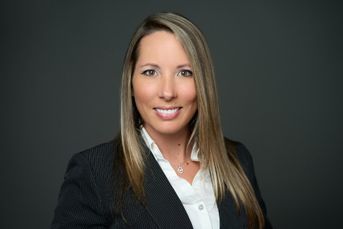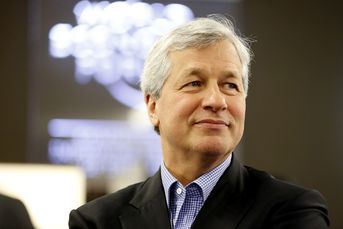Are your clients on the wrong glide path?

If a target-date fund is among a client's investments, an adviser can check the fund’s glide path as well as the equity percentage of the portfolio.
For many workplace retirement plan participants, the market’s recent volatility and losses have been worrisome. But most plan participants don’t do much in response. Fewer than one in 10 participants with holdings outside of managed accounts within their plan changed allocations last year, according to research from Vanguard. Most likely, few discussed their plan choices with someone at their company or with a financial adviser, given that most participants don’t pay much attention to their plan after enrolling. Often, that’s because all or a significant share of their plan assets are in a target-date fund.
In the years since the 2006 passage of the Pension Protection Act, which allowed for target-date funds to become qualified default investment alternatives, the funds have grown in popularity. The Plan Sponsor Council of America’s recent survey of profit-sharing and 401(k) plans found that 85% of plans have a QDIA, and more than 86% of plans that have a QDIA use target-date funds as their default investment option.
Overall, the combination of target-date funds, the Pension Protection Act and automatic enrollment has worked to boost retirement savings. By recognizing and harnessing human inertia, the combination of easy-to-understand funds and behavioral finance nudges have enabled workers to save for retirement by regularly funneling money into basic investment vehicles that don’t have to be thought about.
Advisers can play an important role in reducing target-date funds’ risks.
But as our Gregg Greenberg recently reported, it might be useful for participants to turn off the autopilot for a minute and look at what’s going on under the hood. He cited a recent report by Morningstar’s Center for Retirement & Policy Studies that noted plan sponsors may not always consider participants’ behavior or needs when selecting target-date glide paths. Specifically, Morningstar found that plan sponsors overwhelmingly select “through” glide paths, which account for 86% of target-date assets, probably because they anticipate that participants will stay in the fund and draw down its assets through their retirement. But Morningstar found that many participants seem to be cashing out of the funds at retirement, rather than drawing them down. Since “through” glide paths tend to hold 13 percentage points more equity than “to” glide paths at the target retirement date, funds with “through” paths expose plan participants to more equity risk at retirement than might be considered appropriate.
Pension consultant Ron Surz, a staunch advocate of “to” glide paths, told Greenberg he worries about this exposure and noted that most target-date investors near or in retirement probably aren’t aware of it.
Advisers, even if they don’t advise plans, can play an important role in reducing target-date funds’ risks. First, if they haven’t already done so, advisers can ask to check the allocation choices in a client’s 401(k) plan. If a target-date fund is among those investments, an adviser can check the fund’s glide path as well as the equity percentage of the portfolio. While they may not be able to select a target-date fund with a “to” glide path, they can suggest a reallocation among the plan’s available funds that would better serve the client and reduce risk. This is a valuable service many clients probably don’t know they need but will greatly appreciate. Also, creating content that points out the hidden traps that lurk in one’s 401(k) plan and then offering to do a free review may be an effective way for advisers to attract clients who may be in the market for financial advice.
Single-stock ETFs are risky business
Learn more about reprints and licensing for this article.







